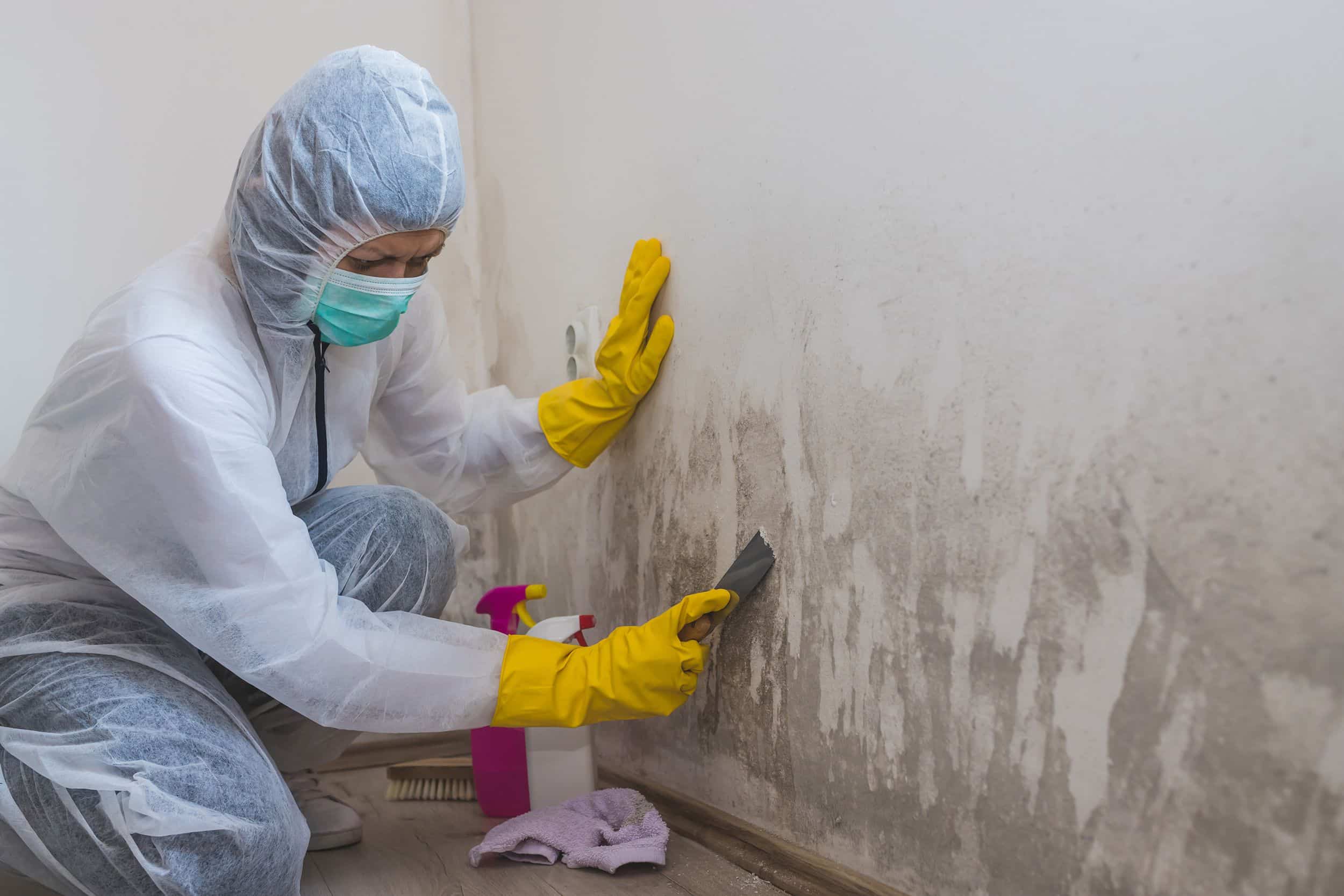Advice on What to Do After Mold Remediation
Advice on What to Do After Mold Remediation
Blog Article
Effective Message Mold And Mildew Remediation Solutions for Your Home
Mold growth in homes can be a persistent problem, usually calling for a methodical method for reliable post-remediation services. From recognizing the variables that add to mold development to carrying out correct cleansing techniques and moisture control actions, the procedure can be detailed yet vital for keeping a healthy living environment. Post Mold Remediation Report.
Recognizing Mold And Mildew Development Elements
Mold and mildew development is influenced by a variety of variables that are crucial to comprehend in order to effectively resolve and prevent its proliferation. Comprehending these variables is essential in carrying out effective mold remediation approaches. The primary aspect adding to mold development is wetness. Mold spores require moisture to thrive and germinate, making wet or damp settings very prone to mold infestations. Poor ventilation can additionally bring about moisture accumulation, creating an optimal reproduction ground for mold.

In addition, air flow and light exposure can impact mold growth. Locations that lack proper air flow and natural light are a lot more prone to mold and mildew advancement. By attending to these factors adequately, people can efficiently minimize mold and mildew growth and safeguard their living environments.
Correct Mold And Mildew Cleansing Strategies
Using reliable cleaning approaches is crucial in stopping the recurrence and resolving of mold and mildew contamination in interior environments. The very first action in proper mold cleaning is to have the afflicted area to prevent the spread of spores to unpolluted areas.

Executing Moisture Control Actions
To efficiently stop mold and mildew growth and contamination in indoor settings, executing dampness control actions is critical. Wetness is the key element that fuels mold and mildew growth, making it essential to handle humidity degrees within the home. One reliable step is to use dehumidifiers to keep interior moisture levels below 60%. Furthermore, ensuring proper ventilation in locations susceptible to moisture build-up, such as bathrooms and cooking areas, can help in reducing the risk of mold and mildew growth. Routinely examining and repairing any leakages in pipes, roofs, or home windows is likewise essential in avoiding excess wetness accumulation. Utilizing exhaust followers while cooking or showering, and enabling air blood circulation by keeping furnishings somewhat far from walls can assist in dampness control. Utilizing moisture-resistant materials in high-humidity areas, such as mold-resistant drywall and paints, can be advantageous. By diligently applying these dampness control procedures, home owners can properly lower the chance of mold and mildew recontamination and maintain a healthy and balanced indoor environment.
Utilizing Natural Removal Solutions
After efficiently carrying out moisture control actions to stop mold and mildew growth in indoor environments, home owners can now check out the effectiveness of all-natural remediation options in keeping a healthy home. Natural removal solutions utilize eco pleasant approaches to battle mold and mildew and mold, making them a popular selection for those seeking safe options. One such service is making use of vinegar, an all-natural antimicrobial agent, to tidy and disinfect surfaces contaminated by mold and mildew. Merely dilute vinegar with water and spray it onto the influenced locations, permitting it to sit for a few hours prior to wiping clean. Additionally, tea tree oil, understood for its antifungal properties, can be blended with water and sprayed onto mold-infested surfaces to hinder additional development. Another natural alternative is hydrogen peroxide, which can effectively kill mold on different surface areas without leaving damaging deposits behind. By including these natural remediation options into their cleansing regimens, homeowners can successfully fight mold growth while advertising a healthier interior environment on their own and their family members.

Preserving a Mold-Free Setting
In order to stop mold reappearance and guarantee a constantly mold-free atmosphere, it is crucial for property owners to implement positive maintenance practices. Routinely inspecting locations prone to mold development, such as washrooms, kitchens, cellars, and attic rooms, is critical. Dealing with any type imp source of leaks, water damages, or excess wetness promptly can substantially reduce the risk these details of mold growth. Post Mold Remediation. Proper ventilation in areas with high humidity levels is additionally key to avoid mold and mildew development. Utilizing dehumidifiers or exhaust fans can aid keep optimal moisture levels and inhibit mold and mildew spores from flourishing.
Additionally, maintaining tidiness in the home is crucial for mold avoidance. Maintaining interior plants in check and guaranteeing correct water drainage in outdoor landscaping can minimize dampness build-up, minimizing the probability of mold invasions.
Verdict
To conclude, it is necessary to resolve mold and mildew development factors, utilize proper cleansing methods, apply moisture control actions, make use of all-natural removal options, and maintain a mold-free setting in order to successfully take care of blog post mold and mildew remediation in your house - what to do after mold remediation. By complying with these methods, you can protect against mold from reoccuring and ensure a healthy living atmosphere for you and your family members
The main variable contributing to mold and mildew growth is wetness. Mold and mildew spores need wetness to thrive and germinate, making humid or damp settings highly prone to mold problems.To successfully prevent mold and mildew growth and contamination in interior settings, executing dampness control measures is why not find out more paramount. Furthermore, ensuring correct ventilation in areas prone to moisture buildup, such as cooking areas and washrooms, can assist minimize the risk of mold and mildew development.After efficiently applying moisture control procedures to prevent mold and mildew development in indoor atmospheres, house owners can currently explore the performance of all-natural removal options in maintaining a healthy living area.
Report this page